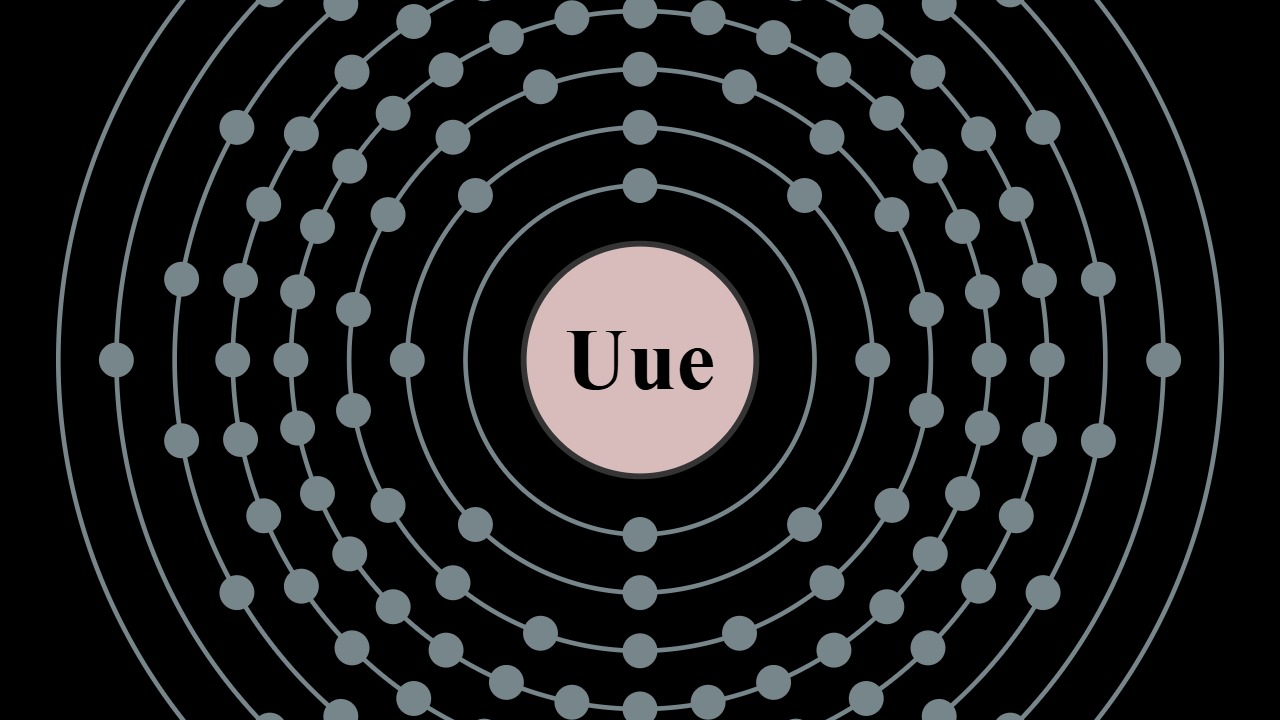
The periodic table has been expanding over the years, and scientists are continuously on the lookout for new elements. Potential discoveries hold the promise of new technologies and insights into the building blocks of the universe. Here are five elements that experts predict could soon join the periodic table.
Element 119: Ununennium

Ununennium, also known as element 119, is expected to be the next addition to the periodic table. This element falls into the alkali metal group due to its position in the first column. Scientists anticipate that ununennium’s properties will mirror those of other alkali metals, such as francium. The quest to discover ununennium involves shooting calcium ions at a berkelium target in a particle accelerator. This method has been successful in discovering elements like tennessine. As researchers continue their efforts, they hope ununennium will reveal new insights into the behavior of heavy elements.
While the exact properties of ununennium remain unknown, the theoretical frameworks suggest it could have unique chemical behaviors due to relativistic effects. Discovering ununennium could provide a deeper understanding of the limits of the periodic table and the potential for even heavier elements.
Element 120: Unbinilium

Unbinilium, or element 120, is another element scientists have set their sights on. As part of the alkaline earth metals group, it is predicted to share characteristics with elements like radium and barium. Efforts to create unbinilium involve the fusion of calcium and plutonium isotopes in a high-energy environment. This challenging process requires precise conditions and has yet to yield definitive results. Nevertheless, researchers remain optimistic about unbinilium’s potential discovery.
Recent experiments have hinted at the possibility of unbinilium’s existence, sparking excitement within the scientific community. The potential discovery of unbinilium might not only add to the periodic table but also provide new insights into nuclear stability and the island of stability, where superheavy elements may have longer half-lives.
Element 121: Unbiunium

Unbiunium, or element 121, is poised to capture the interest of chemists and physicists alike. This element is part of the predicted “superactinide” series, which comes after the actinides in the periodic table. Scientists believe unbiunium could exhibit unique electronic configurations due to its position. Theoretical models suggest it might behave similarly to elements like lanthanum and actinium, but with distinct differences due to its higher atomic number.
To synthesize unbiunium, researchers plan to use advanced particle accelerators to collide heavier elements. This process involves overcoming significant technical challenges, but the potential rewards are immense. Discovering unbiunium could pave the way for a better understanding of how heavy elements interact and expand our knowledge of chemical bonding at the extremes of the periodic table.
Element 122: Unbibium

Element 122, or unbibium, is another element researchers are keen to discover. Positioned within the superactinide series, unbibium’s properties are expected to challenge existing theories of element behavior. Scientists predict it may exhibit complex electron arrangements, potentially leading to groundbreaking discoveries in chemistry and physics. The pursuit of unbibium involves colliding heavy ions in sophisticated facilities to create conditions suitable for its synthesis.
The theoretical predictions for unbibium suggest that it could have unusual oxidation states and bonding properties. These characteristics might shed light on the nature of chemical reactions under extreme conditions, providing valuable insights into both fundamental science and practical applications.
Element 123: Unbitrium

Unbitrium, or element 123, represents the promise of expanding our understanding of the periodic table’s limits. As part of the superactinide series, unbitrium is expected to display properties that challenge current chemical and physical theories. Scientists aim to create unbitrium by using advanced synthesis techniques in state-of-the-art laboratories. The discovery of unbitrium could offer new perspectives on the stability of superheavy elements.
The pursuit of unbitrium is a testament to the determination of scientists to push the boundaries of known chemistry. By exploring unbitrium’s properties, researchers hope to gain insights into nuclear forces and the interactions that govern the behavior of matter at its most fundamental level.